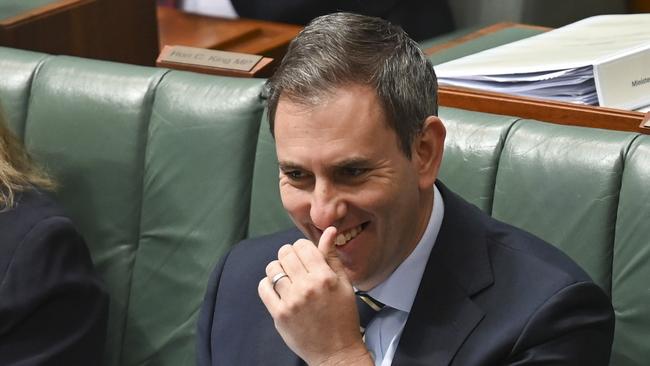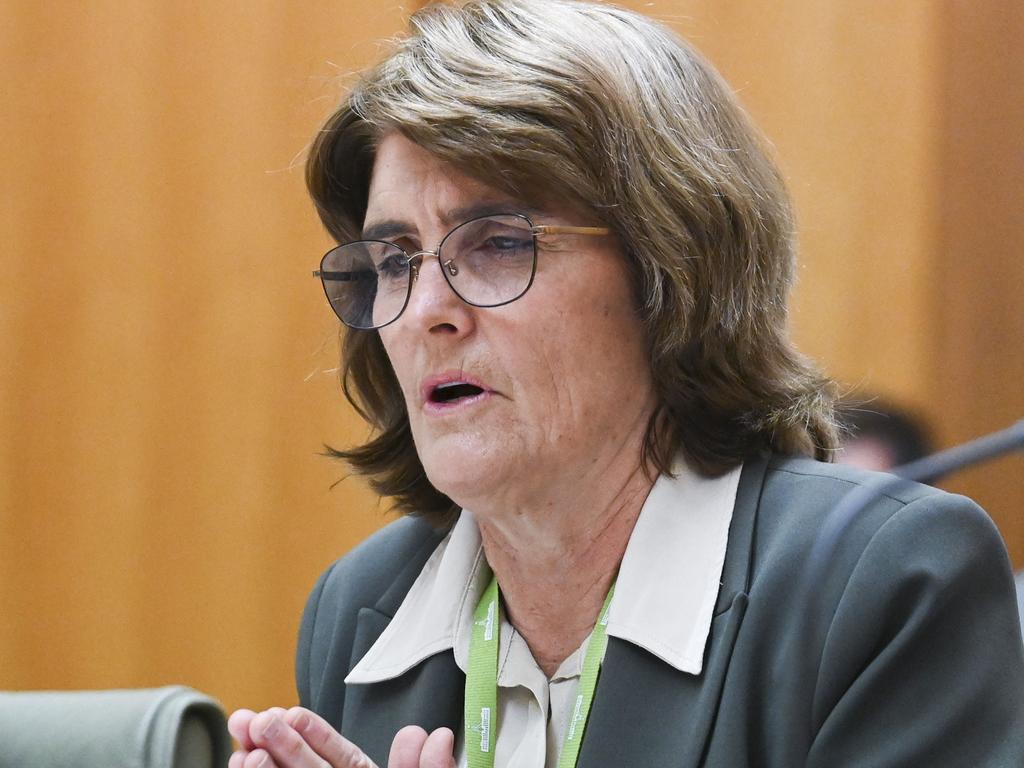Push for action on budget as iron ore price plunges
Business groups and economists are calling on Canberra to urgently address the structural budget deficit through spending restraint and tax reform.

Business groups and economists are calling on Canberra to address urgently the structural budget deficit through spending restraint and tax reform, with the plunge in the iron ore price set to expose the underlying problems with the nation’s finances.
With Jim Chalmers saying company tax receipts could be hit as the iron ore price declines faster than Treasury’s expectations, Australian Chamber of Commerce and Industry chief executive Andrew McKellar said it was time to tackle “unsustainable” spending levels.
“If you look out over the medium term, you see projections that expenditure is due to rise back up above 26 per cent of GDP,” he said.
“It’s even less sustainable when the windfalls we’ve seen in revenues over the past couple of years are no longer there. There is an urgent imperative for the government to address spending.”
He said there needed to be a renewed bipartisan push for “comprehensive” and “productivity-enhancing” tax reform.
Business Council of Australia chief executive Bran Black said record commodity prices had “masked a number of long-term structural issues regarding the government’s fiscal policy”.
“The budget is facing several spending pressures, particularly in aged care, the NDIS, our energy transition and defence costs, and higher iron ore prices will not be enough to sustain the spending level needed beyond the short-term,” Mr Black said.
“Returning to a balanced budget needs to be a priority because if not, more painful decisions might have to be made in the future, particularly if there is an adverse shock to the economy.”
Australian Industry Group chief executive Innes Willox said the nation’s prosperity has benefited from “elevated iron ore prices which have provided successive governments with room to fund a range of additional spending measures”.
“The good times could not last forever and it appears highly likely that we are going through another cycle of lower iron ore prices which will impact the government’s spending plans in the lead-up to the next election,” he said. “The means if the government does seek to excessively pump-prime the economy, it will push even harder against the Reserve Bank’s efforts to curtail inflation, which will be economically damaging. It could also undermine efforts to deliver a small surplus this financial year.”
The Australian reported on Monday that benchmark iron ore prices had tumbled 38 per cent since the start of the year as China’s steel mills slashed output on weak demand, propelled by a protracted slowdown in the country’s property market and shrinking factory activity.
The key steelmaking ingredient slipped to $US81.80 a tonne last Thursday, according to Treasury analysis, its lowest level since November 2022.
That figure is slightly lower than Treasury’s forecasts in the May budget but well above the “long-run anchor price” of $US60 a tonne the government expects it to fall to by March.
Economist Chris Richardson said tackling structural budget issues would require a mixture of spending cuts and tax increases. He said the government needed to consider bold revenue measures including further reforms to the petroleum resource rent tax.
Challenger chief economist Jonathan Kearns, KPMG chief economist Brendan Rynne and Deloitte Access Economics partner Stephen Smith called for a state and federal tax reform agreement that included an increase to the GST.
“We will have to pay higher taxes,” Mr Smith said. “But … it is also about the type of tax we pay and so here is a big opportunity of reforming the tax system.”
Former Productivity Commission chair Michael Brennan said there was a “strong case for addressing the current structural budget deficit … The scale of that structural deficit adds to our vulnerability to price swings but in general, governments should not overreact to near-term price swings themselves.”







To join the conversation, please log in. Don't have an account? Register
Join the conversation, you are commenting as Logout